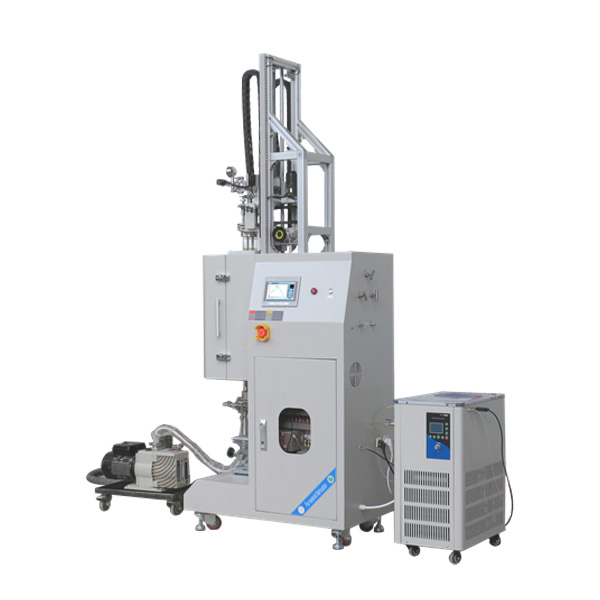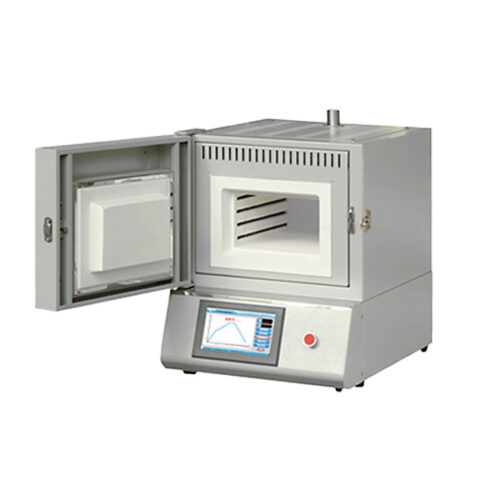TGA Thermal Analysis Furnace with Condensation Collection System
Introduction:
This thermal analysis furnace is developed for analyzing the combustion loss and pyrolysis weight of materials under vacuum or atmosphere conditions using Thermogravimetric Analysis (TGA). It consists of several components including a balance, heating furnace, programmable temperature control system, recording system, etc. It can observe changes in the mass of samples with temperature, time, vacuum level, and atmosphere state during heating, constant temperature, or cooling processes, and is equipped with a condensation collection device for pyrolysis materials.
Features and Benefits:
- The furnace heating adopts a circular arrangement to reduce interference.
- Utilizes precision weighing sensors made of precious metal nickel-chromium alloy, featuring high temperature resistance, oxidation resistance, and corrosion resistance.
- Power supply, circulating heat dissipation part, and main unit are separated to reduce the impact of heat and vibration on microbalance sensors.
- Uses an electrically operated lifting structure for convenient installation and operation.
- Utilizes a water bath constant temperature device to isolate the heat impact of the heating furnace on the housing and microbalance.
- Built-in circulating water cooling condensation collection device for more efficient collection of pyrolysis materials.
Technical Parameters:
| Model | TGA1100-80TD2ZY5L | |||||
| Main Functions: |
|
|||||
| Power Supply | AC220V 4.5KW | |||||
| Max.temp | 1150 ℃ | |||||
| Temp Accuracy | ±1℃ | |||||
| Sensor | K type thermocouple 420mm | |||||
| Heating Zone Size | φ150*430mm Single temperature dual control | |||||
| Furnace Tube Material | 310s stainless steel tube/quartz (interchangeable) | |||||
| Weighing Sensor Range | 300g | |||||
| Accuracy | Within 0.03g | |||||
| Suspension Wire and Crucible Weight | Approximately 30g | |||||
| Crucible Material & Size | Aluminum/stainless steel φ60*30mm | |||||
| Sample Weighing Range | 0~270g | |||||
| Adjustable Volume and Height Range of Condensation Collector | 110ml movable up and down by 60mm | |||||
| Low-temperature Constant Temperature Reaction Bath Temperature Control Accuracy | ±1.C volume 6L | |||||
| Furnace Dimensions | W945×D510×H2400mm | |||||
| Recommended Heating Rate | ≤10℃/min | |||||
| Control System: | 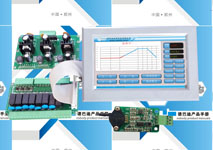 |
|
||||
| Details of furnace | 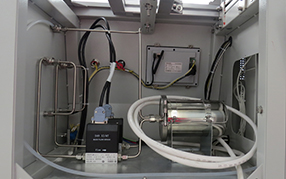 |
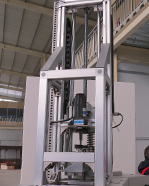 |
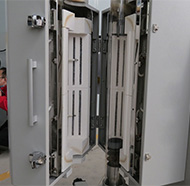 |
|||
| Vacuum level:≤10Pa | ||||||
| Pressure Measurement and Monitoring | 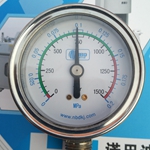 |
Utilizing a mechanical pressure gauge with damping oil to mitigate pressure fluctuations, reducing oscillation of the pointer. | ||||
| Gas Supply System | 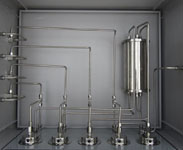 |
Incorporating an internal gas mass flow meter, featuring dual gas switching and flow rate control. | ||||
| Net Weight | 220KG(excluding vacuum pump and water cooling circulator) | |||||
| Usage Notes |
|
|||||
| Service Support | 1-year warranty, lifetime support (consumable parts such as furnace tubes and seals are not covered under warranty). | |||||
Detail Applications of TGA Thermal Analysis Furnace:
The applications of TGA (Thermogravimetric Analysis) furnaces span across various industries and research fields. Here are some common applications:
1. Polymer Analysis: TGA is widely used in polymer research and development to study properties such as decomposition temperature, thermal stability, and degradation kinetics. It helps in understanding the thermal behavior of polymers during processing and end-use conditions.
2. Pharmaceuticals: TGA is employed in pharmaceutical industries for analyzing drug formulations, stability studies, and determination of purity. It aids in assessing the thermal stability of active pharmaceutical ingredients (APIs) and excipients.
3. Materials Science: TGA is crucial for characterizing the thermal properties of materials like ceramics, composites, metals, and alloys. It helps in evaluating phase transitions, decomposition, and oxidation behavior.
4. Environmental Science: TGA is used in environmental studies for analyzing pollutants, soil components, and organic matter decomposition. It helps in understanding the thermal decomposition of waste materials and environmental contaminants.
5. Food Science: TGA is applied in food research to analyze food components such as proteins, carbohydrates, and fats. It assists in studying food stability, shelf-life determination, and food processing effects.
6. Quality Control: TGA plays a vital role in quality control processes across various industries by assessing the thermal stability and purity of materials. It helps in ensuring the consistency and reliability of products.
7. Catalyst Analysis: TGA is used for evaluating the thermal stability and catalytic activity of catalyst materials. It aids in understanding their behavior under reaction conditions and optimizing catalyst design.
8. Energy Storage Materials: TGA is employed in the analysis of battery materials, fuel cells, and energy storage devices. It helps in studying thermal stability, decomposition pathways, and performance under different operating conditions.
9. Paints and Coatings: TGA is utilized in the analysis of paints, coatings, and adhesives to assess their thermal stability, curing behavior, and volatile content.
10. Textile Industry: TGA is applied in the textile industry for analyzing fibers, dyes, and finishes. It helps in understanding thermal properties, decomposition behavior, and performance characteristics of textile materials.

